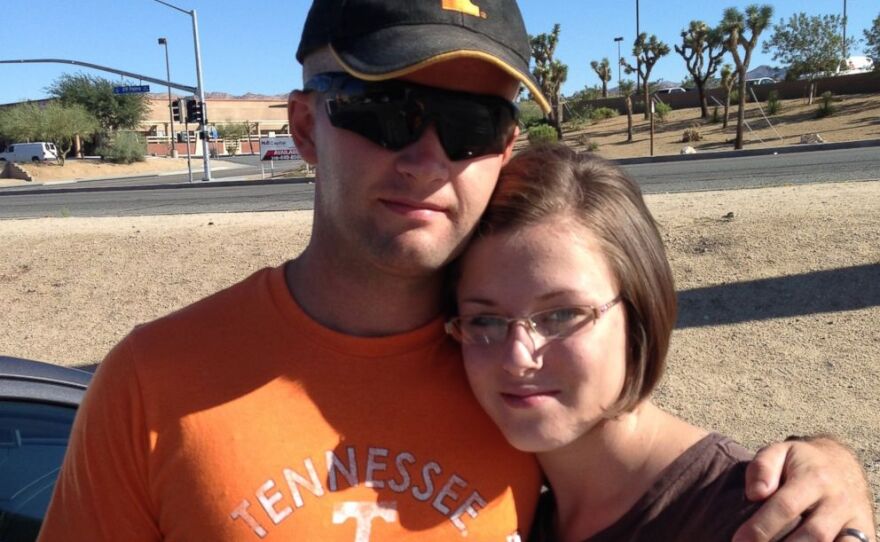San Bernardino County District Attorney Michael Ramos filed murder charges Tuesday against Marine veteran Christopher Brandon Lee, 24, in connection with the death of Erin Corwin.
Ramos said in a news release that the special circumstance of "lying in wait" was attached to the murder charge, making Lee eligible for the death penalty or life without parole:
"The decision regarding which penalty will be sought will be made after a full review of the facts and evidence in the case."
The arrest warrant for Lee, made public by Ramos, sheds light on some of the evidence that led to Lee's arrest Sunday in Alaska.
Apparently Lee admitted to detectives he searched the Internet for ways to dispose of a human body. But he didn't stop there in his quest for knowledge, according to the warrant:
"A witness... informed detectives that Lee asked him what was the best way to dispose of a human body."
Some of the evidence recovered from the 140-foot mine shaft where searchers found Corwin's body include:
- .22-caliber fired cartridge casings consistent with casings recovered from Lee's car and home.
- Rebar consistent with pieces of rebar detectives found in Lee's car.
Law enforcement officials have made clear the investigation into Erin Corwin's death is ongoing and additional arrests could be made.
For more background on the case, Tennessee television station WBIR-TV put together this timeline of Erin Corwin's disappearance:







